It takes tedious procedures to convert the harvested rice into the delicious rice on the dining table.
Technology in the early days was far less developed. Farmers went to work in the early morning under the hot weather during the harvesting season. Stems of rice were harvested with a scythe, and the husks were removed with manual threshing. It was not until the Japanese Colonial Rule that threshing machines, in resemblance with bicycles, were invented. Motor-driven threshing machines appeared in the 1970s. After the removal of husks, rice was air dried on the courtyard of three-section compounds, where farmers lived. Sundried rice was then purchased by tradesman. Nowadays, tradesman procured wet rice for drying and then selling to farmers’ associations.
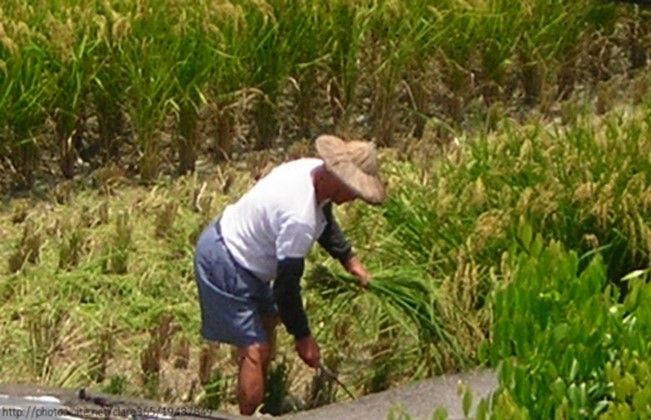
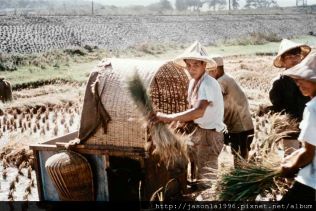
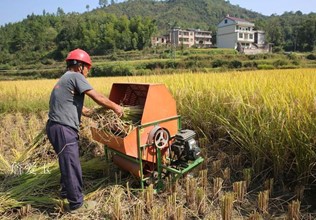
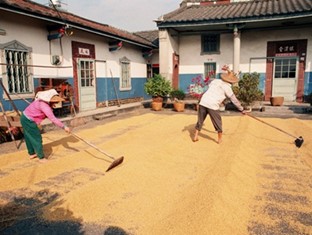
The process of rice drying has evolved over time, and has become fast, convenient and highly automated. In the past, farmers dried rice at their home yards and sold the dried rice to merchants. The technological advancement has changed this business model. Today, merchants purchase wet rice for drying and then selling.
However, when merchants purchased wet rice, they simply dried the rice batch by batch. Fenggu Company expanded the drying capacity by using new equipment in order to create better profits for itself and farmers.
Fenggu Company’s rice drying workflow:
Step 1 – wet rice barrels: Purchased wet rice is sent to the wet rice barrel, by keeping the water content equilibrium at 25~30%. The water content of rice from different farmers is different, so the barrel brings the water content into a consistent level. This keeps the drying hours in uniformity, maintains the rice quality and reduces the drying cost.
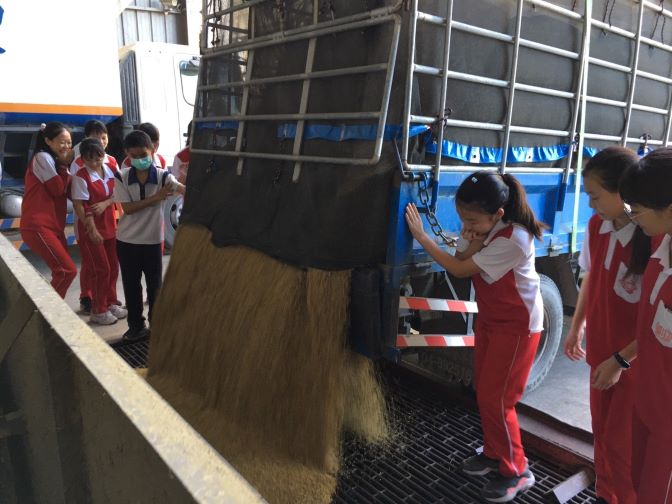
Step 2 – sieving machines: Conveyor belts send rice through a sieving machine, to remove impurities and husks. The husks removed can be used as feedstocks or fertilizers.
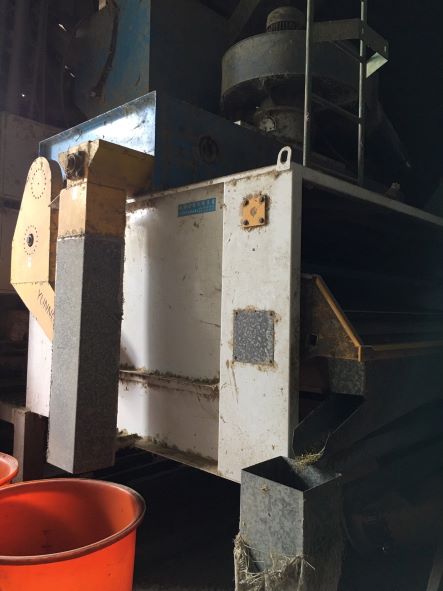
Step 3 – drying: The rice with impurities removed is put into a dryer. The level of dryness required is different from one rice to another. Glutinous rice needs to be dried, with low heat, for long time. Japonica rice is quicker. Indica rice also needs to be on low heat. Rice can be purchased by the government or sold to the market. Rice purchased by the government needs to keep for a lengthy period so the water content must be reduced to 13%. Rice to be sold to the market is for immediate consumption. The required water content is 16% to maintain a good texture. The heating for drying machines is via the burning of husks (instead of diesel). The ashes can be used for the manufacturing of steel or potting soil. This greatly reduces costs and protects the environment.

Step 4 – packaging: Dried rice purchased by the government is shipped to farmers’ association for storage. Rice to be sold to the market is sent into cooler barrels for storage at 15°C~17°C in order to maintain quality.
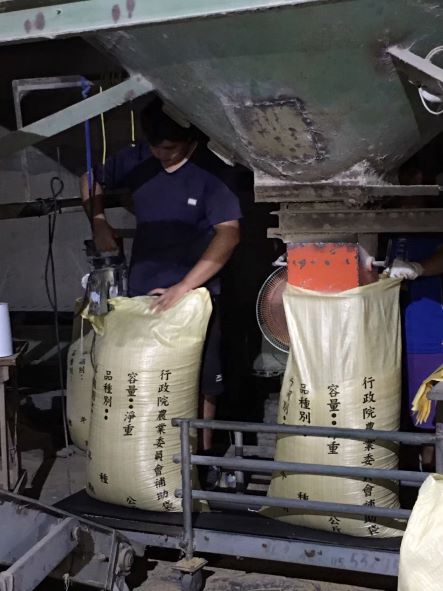
The above workflow shows how many procedures for rice to go through before they end up at our dining table.
2020.08.04, 2020.08.28, 2020.11.15 interview records
http://library.taiwanschoolnet.org/cyberfair2003/C0334950068/makerice/a3.htm
Taken by our team member
https://images.app.goo.gl/txLhqJcvXuMa5PXLA
http://jasonla1996.pixnet.net/album/photo/323718527
 top
top  Homepage
Homepage